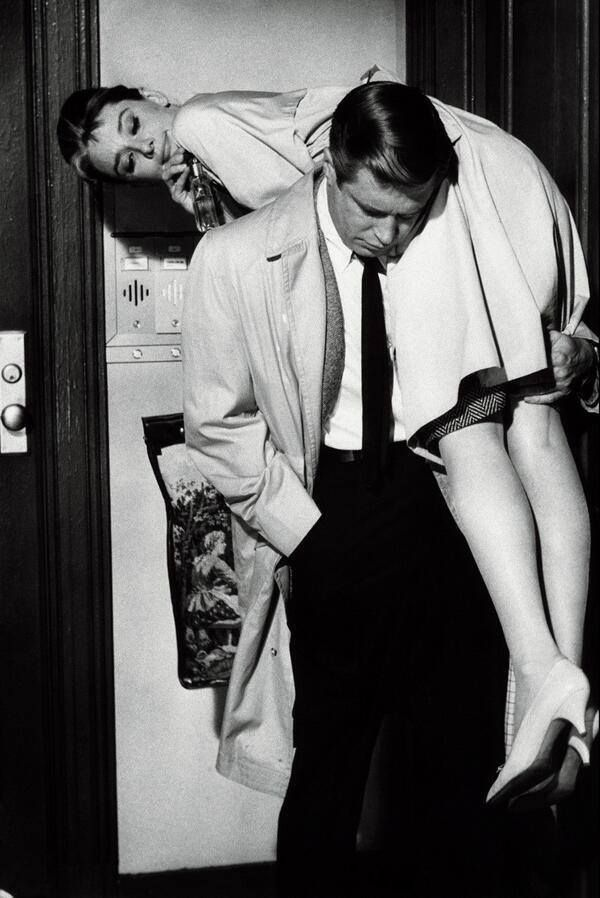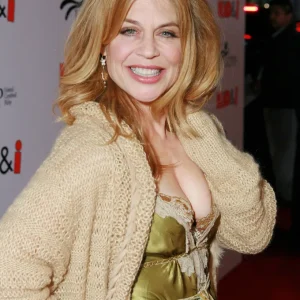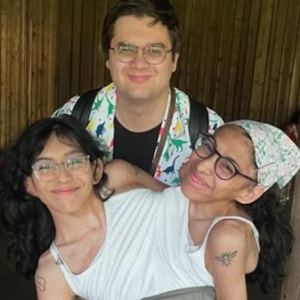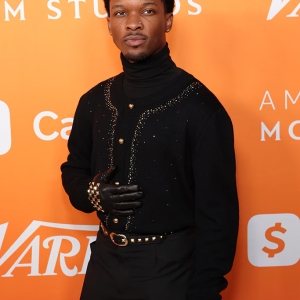When people think of classic Hollywood, images of Audrey Hepburn’s Breakfast at Tiffany’s often come to mind. Released in 1961, this film by Blake Edwards isn’t just a movie; it’s an emblem of style, romance, and cultural critique that continues to captivate audiences over half a century later. Here’s why Breakfast at Tiffany’s remains a beloved gem in American cinema, cementing Hepburn as both a fashion icon and an unforgettable character in film history.
The Story of Holly Golightly: A Character for the Ages

At the heart of Breakfast at Tiffany’s is Holly Golightly, portrayed by Audrey Hepburn. Holly is a vibrant New York socialite, living life on her own terms. She’s independent, somewhat mysterious, and a bit of a dreamer. But Holly is more than just her free-spirited persona—she’s layered, complex, and, in many ways, lonely. Her world shifts when she meets her neighbor, Paul Varjak (George Peppard), a struggling writer caught up in his own challenges.
Paul, supported by a wealthy lover, becomes fascinated by Holly’s charm and her contradictions. While she initially appears superficial, Hepburn’s portrayal reveals a woman who, beneath her glamorous exterior, is deeply vulnerable. The film slowly unravels their relationship, blending romance with a subtle exploration of self-discovery, social norms, and the idea of personal independence.
Audrey Hepburn: The Iconic Muse of Fashion and Grace
Audrey Hepburn’s portrayal of Holly Golightly wasn’t just another role; it became a defining moment in her career and Hollywood history. From the very first scene—Holly standing outside Tiffany’s in a simple black dress, adorned with pearls and oversized sunglasses—Hepburn radiates elegance. This look, crafted by designer Hubert de Givenchy, is now legendary and has become symbolic of classic Hollywood fashion.
Hepburn’s style in the film goes beyond mere aesthetics. Her elegance is intertwined with the essence of her character—Holly’s charm is in her confidence, her freedom, and her refusal to be tethered by societal expectations. This character set Hepburn apart as a style icon, combining sophistication with a playful sense of rebellion that resonated with audiences worldwide. The result? Holly Golightly is forever etched in cinema as the epitome of class and modern femininity.
A Cinematic Glimpse into 1960s New York

Breakfast at Tiffany’s is not only about Hepburn’s performance but also about capturing the magic of 1960s New York. Director Blake Edwards expertly portrays the city as a vibrant and lively backdrop for Holly and Paul’s escapades. The city’s energy pulses throughout the film, from its bustling streets to the quiet moments shared between the lead characters.
One of the film’s most iconic scenes involves Holly and Paul experiencing a day of “firsts” around New York City. This sequence, featuring the characters in places like Tiffany’s, encapsulates the charm and possibility of the city during that era. Edwards’ direction makes viewers feel as though they’re wandering the city streets with Holly, sharing in the thrill of discovery and the beauty of New York’s high society.
A Darker Side: Hollywood’s Struggle with Cultural Representation
While Breakfast at Tiffany’s captures many wonderful moments, it also brings up a more troubling aspect of Hollywood’s past. The character of Mr. Yunioshi, portrayed by Mickey Rooney in exaggerated makeup and an offensive caricature of Japanese stereotypes, stands out as a jarring reminder of the racial insensitivity of the time. This portrayal, widely criticized in modern times, remains a point of contention in an otherwise celebrated film. It’s a blemish on an industry that has, unfortunately, often cast white actors in stereotypical portrayals of other races.
This controversial casting choice serves as a reminder of the historical lack of representation in Hollywood—a problem that persists even today. For many, it’s difficult to overlook this aspect of Breakfast at Tiffany’s, and it brings to light the importance of cultural sensitivity and diverse representation in film.
The Shift from Novella to Silver Screen: Capote’s Influence and Hollywood’s Adaptation

Breakfast at Tiffany’s is based on Truman Capote’s novella of the same name, but the film adaptation differs significantly in tone and interpretation. Capote’s original story is darker, casting Holly as a more complex and morally ambiguous character. Capote himself envisioned Marilyn Monroe in the role, hoping to portray Holly as a rawer, more troubled individual.
Instead, Hepburn’s interpretation brought a lightness and glamour to Holly, softening the character and making her more accessible to audiences. While Capote was reportedly disappointed with this casting choice, it’s hard to argue with the film’s success. Edwards’ adaptation creates a story that is both romantic and introspective, balancing the bittersweet aspects of Capote’s story with a warmth that has resonated with viewers for decades.
Holly Golightly as a Feminist Icon?
One of the most remarkable aspects of Breakfast at Tiffany’s is how Holly Golightly has evolved into a feminist icon over the years. In a time when female characters were often portrayed as secondary to their male counterparts, Holly stood out as fiercely independent and unapologetically herself. She doesn’t belong to anyone, and she has a line in the film that has since become famous: “People don’t belong to people.”
Holly’s character resonated with women of the 1960s, and she continues to inspire today. While some may argue that Holly’s lifestyle is superficial, her commitment to her own freedom and happiness is refreshing. Holly is both vulnerable and strong—a character who defies the traditional roles assigned to women and chooses her own path, flaws and all. Her timeless appeal speaks to those who value independence and self-expression.
Conclusion: Why Breakfast at Tiffany’s Remains a Cultural Touchstone
Breakfast at Tiffany’s is more than just a film; it’s a piece of cinematic history that represents both the glamor and complexity of its era. Through Audrey Hepburn’s portrayal of Holly Golightly, viewers are drawn into a story that explores love, identity, and the pursuit of happiness. With its iconic fashion, memorable scenes, and poignant themes, the film has solidified its place in Hollywood lore.
While the film is not without its faults, Breakfast at Tiffany’s endures because it combines a feel-good story with deeper societal reflections. It’s a reminder of how cinema can be both a source of entertainment and a mirror for the values and struggles of its time. Holly Golightly’s journey continues to charm and inspire, offering audiences a glimpse into a world where glamour and grit coexist—a classic that truly deserves its legendary status.


